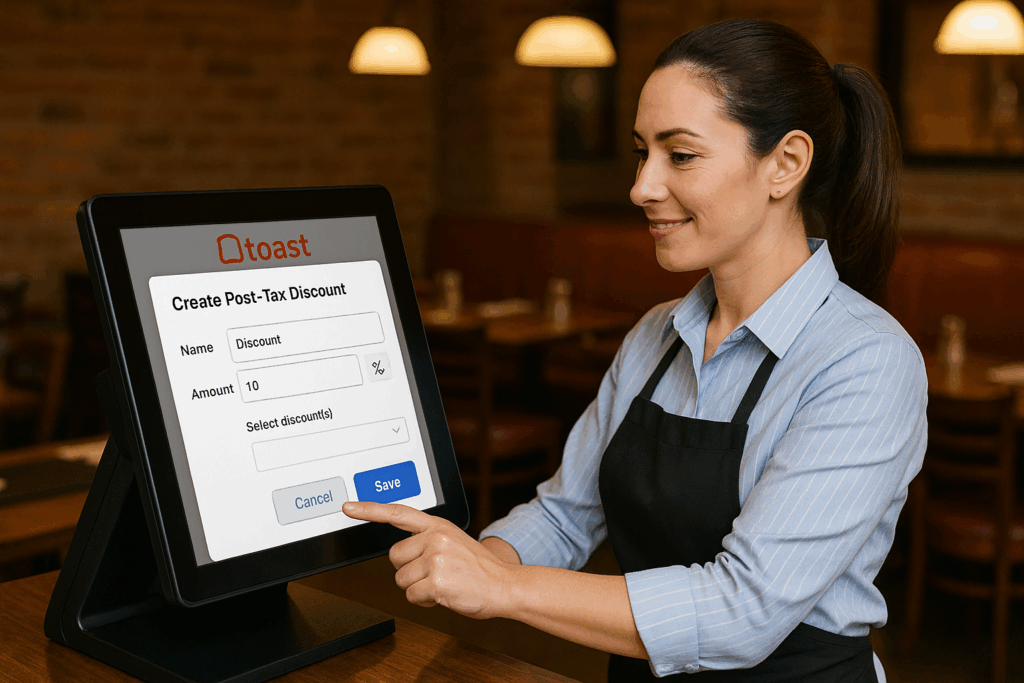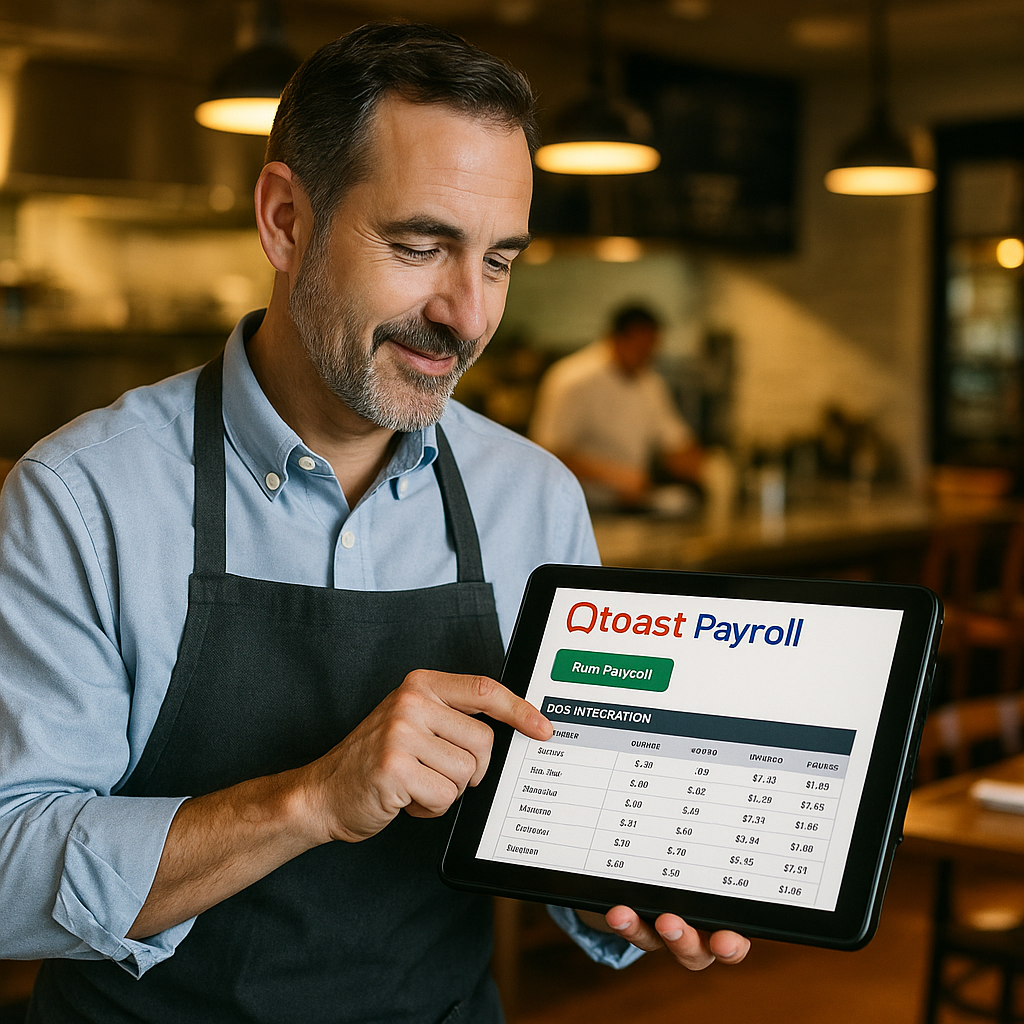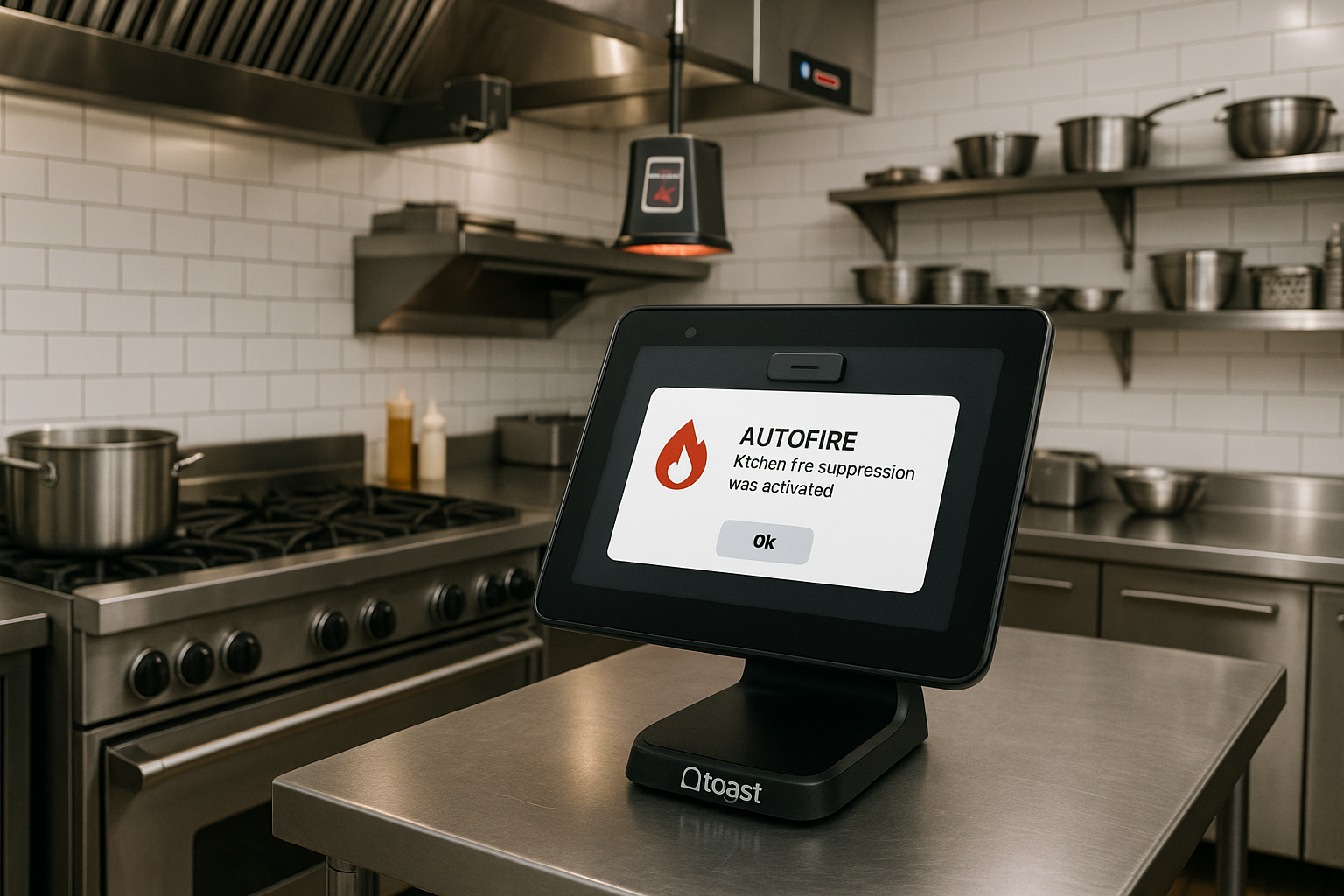Understanding Post-Tax Discounts: An Overview
Introduction: Post-tax discounts are an essential tool for businesses that seek to maintain compliance with tax regulations while managing pricing strategies effectively. Unlike standard discounts that adjust item prices before tax calculations, post-tax discounts allow you to collect taxes on the original price of the item, ensuring that your revenue remains accurate and compliant. This section will delve into the significance and mechanics of post-tax discounts within the Toast platform.
Post-tax discounts play a vital role for restaurants and retailers that want to incentivize customers while adhering to tax obligations. Mismanagement of discounts can lead to tax discrepancies, which might incur penalties or loss of revenue. By understanding how post-tax discounts function, business owners can better navigate their pricing strategies without compromising on tax collection accuracy.
In the context of the Toast system, creating an effective post-tax discount involves strategic configurations. This understanding will help operators utilize these discounts not only for short-term promotions but also as a long-term strategy for maximizing profitability and ensuring compliance with tax laws.
How Toast Discounts Work and Their Implications
In the Toast system, discounts are typically applied before tax calculation, which means the final sales tax is based on the lowered price. However, this mechanism can pose challenges when businesses need to maintain the integrity of tax calculations. For this reason, it’s crucial to understand how to set up post-tax discounts effectively.
When a discount is configured in Toast, it automatically adjusts the price of an item, followed by recalculating the taxes based on the discounted price. This approach can benefit customers but may not align with revenue targets if the discounts are substantial. Therefore, implementing a post-tax discount offers a solution, allowing businesses to collect taxes on the full price while still offering a discount that appears attractive to customers.
Understanding the implications of discount structures within Toast can significantly impact a business’s financial health. Operators should be aware of how different discount types affect sales reporting and tax remittance, ensuring they choose the right configuration to optimize their operations.
Step-by-Step Guide to Creating a Post-Tax Discount
Creating a post-tax discount in Toast requires a few steps, starting with the generation of an “Other” payment option. This feature allows users to treat the payment as a discount while ensuring that taxes are calculated on the original item price.
To effectively configure a post-tax discount, navigate to the payment options in your Toast system. Here, you’ll need to create a new payment type labeled as “Other.” Be sure to set the “Treat as Discount” option to “Yes.” This setting is crucial as it instructs the system to apply tax calculations based on the full price rather than the discounted amount.
Once the setup is complete, it’s essential to test the post-tax discount in a real-world scenario to ensure it functions as intended. Monitoring transactions closely will help identify any discrepancies and verify that tax calculations remain accurate.
Benefits of Implementing Post-Tax Discounts in Your Business
The implementation of post-tax discounts can enhance customer satisfaction while safeguarding a business’s financial integrity. One of the primary benefits is that it enables operators to maintain compliance with tax regulations, ensuring that the appropriate taxes are collected on the full price of items.
Additionally, post-tax discounts can help businesses remain competitive. By providing customers with attractive pricing options without the risk of losing revenue through inaccurate tax calculations, businesses can effectively manage their sales strategies. This balance between offering discounts and ensuring compliance is essential for long-term success.
Furthermore, using post-tax discounts allows for greater flexibility in promotional strategies. Businesses can offer discounts that appeal to customers while still securing their financial interests, making it a valuable addition to any pricing strategy.
Conclusion: Understanding and implementing post-tax discounts is an integral part of effective pricing strategy within the Toast platform. By following the correct configuration steps and recognizing the implications, businesses can optimize their discount offerings while ensuring compliance with tax laws.


